Record Scale, Training Challenges and Political Overtones: Air Defender 23 Maneuvers
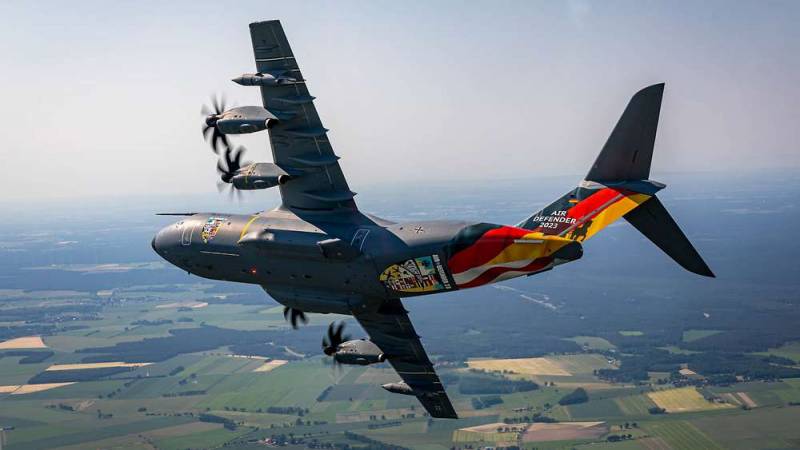
German military transport aircraft A400 with symbols of the exercises
On June 12, the international military air exercises Air Defender 23, organized by the NATO command, started on the territory of a number of European states. They involve a record number of personnel and a large number of aircraft, helicopters and UAVs. These exercises are already called the largest in modern stories Alliance and Europe. In addition, they should become a signal for a potential enemy and show him the potential of the air forces of NATO countries.
Record scale
Germany is the main organizer of NATO exercises. She received the appropriate permission and began preparing for Air Defender 23 back in 2018 - five years before the start of the event. Such preparation times were associated with the scale and complexity of the maneuvers. Nevertheless, as reported, it was possible to carry out all the necessary work and ensure the timely start of the exercises.
The maneuvers will start on June 12 and will last a week and a half, until the 23rd. According to official information from the organizers, the Air Defender 23 exercise is the most massive event of its kind in almost the entire history of NATO.
Armies of 23 countries take part in Air Defender 25. They sent a contingent with a total strength of approx. 10 thousand people - flight personnel, technical personnel, support units, etc. Used approx. 250 aircraft, helicopters and UAVs. All classes and almost all main types of aviation equipment in service with the Alliance Air Force are represented.
The United States is a key participant in the maneuvers. They are represented by the National Guard Air Force, represented by 2,6 servicemen from 42 states. The American aviation group involved in Air Defender 23 includes about a hundred aircraft. About 60 aircraft and helicopters were allocated by Germany for the exercises.
Other participants were limited to smaller air groups and the corresponding contingent. For example, Finland is participating in such events for the first time as a member of NATO. This time it is represented by a flight of 4 F/A-18 fighters.
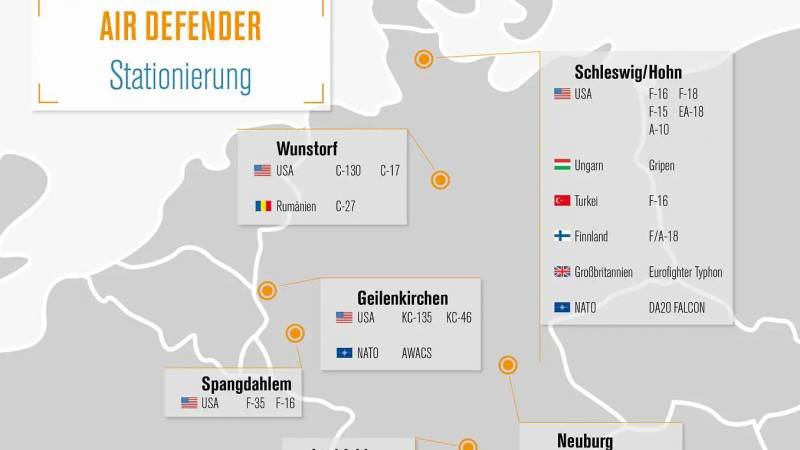
Deployment of aircraft in Germany
The exercises are held in areas with heavy air traffic. Therefore, their organizers have established the most active cooperation with civil authorities responsible for air safety. The exercise is facilitated by both national and pan-European bodies.
According to the exercise plan
Almost all aircraft involved in Air Defender 23 are deployed at six German air bases. The main base point for the duration of the exercises was the Hon base (federated land of Schleswig-Holstein) in northern Germany. Units arrived there on fighters, attack aircraft and electronic warfare aircraft from the United States. Also in Khon there are British, Turkish, Hungarian, etc. pilots and aircraft. Tactical aviation was also deployed at the Neuburg and Lechfeld bases in Bavaria and at the Spangdahl airfield (Rhineland-Palatinate).
The activity of combat aircraft is provided by equipment of other classes. For example, US and Romanian military transport aircraft are stationed at the Wunstorf base (Lower Saxony). AWACS aircraft and tankers operate from the Geilenkirchen airfield (North Rhine-Westphalia).
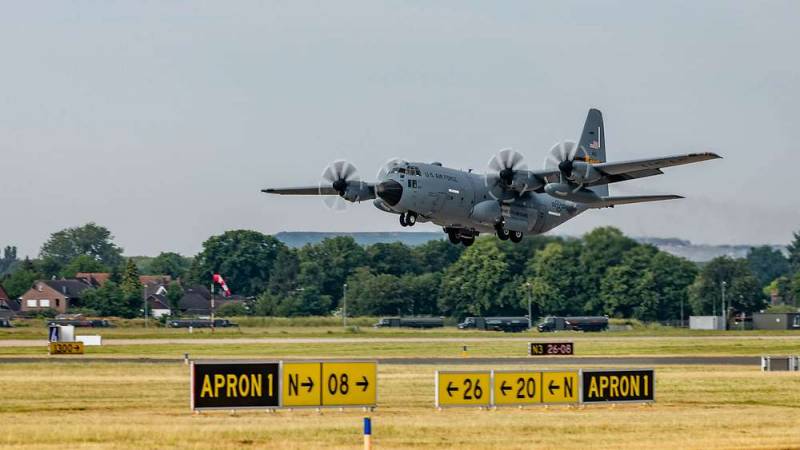
Some objects outside of Germany are involved in the exercises in secondary roles. For example, Romania provided its Mihail Kogalniceanu airfield for maneuvers. It is used in separate episodes to provide long-range missions.
According to the maneuver plan, combat training tasks are solved in several zones over land and seas. One such "polygon" is located over the North Sea, near the borders of Germany and Denmark. Two more zones for flights are planned in the eastern and southern parts of Germany. At the same time, long-range flights are envisaged - over the neutral waters of the Baltic Sea or through the territory of NATO member countries.
To optimize the educational process and to avoid interference with civilian traffic, the flight zones are not used simultaneously. Training battles and other events take place in them alternately. Each area is used for no more than four hours in a row, after which it is released and activity is transferred to another.
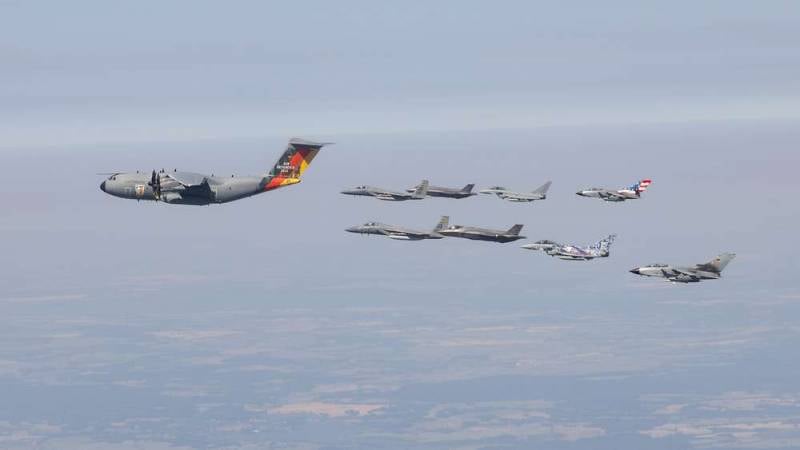
Training and combat work
As reported, the forces of tactical aviation and special-purpose aircraft organized air watch in the assigned areas. Training patrols are carried out both over Germany and the North Sea, and in the Baltic region or Romania. Flights with aerial refueling or intermediate landings at a distance from the main bases are envisaged before returning.
A curious episode of patrolling took place during the first days of the exercises. American B-1B bombers flew to Romania and landed at a local airfield. Without stopping the engines, they were refueled, and the planes set off on their return journey.
Air battles and training use of air-to-ground weapons have been announced. The training targets for this are located at German land ranges. Ensuring such work is entrusted to reconnaissance aircraft, AWACS, etc.
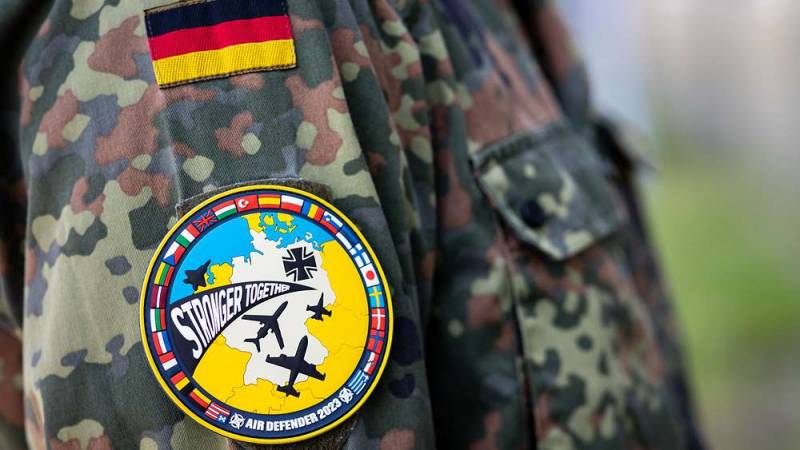
Almost all missions are organized with the involvement of aircraft, crews and units from different countries, incl. on different types of technology. All this makes it possible to better work out the interaction of different Air Forces and the joint operation of different equipment built according to uniform standards.
During a week and a half of the exercises, representatives of the Air Forces of 25 countries will have to perform thousands of sorties and spend thousands of hours in the air. The flight personnel will once again work out their piloting and combat skills, and will also try to work with colleagues from other countries. No less important tasks are assigned to the technical staff and support units as a whole, on which the course of the exercises and their result in terms of general training depend.
Against the background of the political situation
The main objective of any military exercise is to test and improve the skills of personnel, develop new tactics and test materiel. However, major events of this kind can also pursue political goals. With their help, third countries demonstrate their capabilities and potential, incl. in the context of the current situation. However, even the organizers are not inclined to consider Air Defender 23 in this vein.

F-16 of the Hellenic Air Force
The official press release of the Bundeswehr states that the exercises simulate NATO's actions in the event of an attack by a third country on one of the member states - within the framework of the notorious Article 5 of the North Atlantic Treaty. A specific conditional enemy is not named, although it is clear who they mean in such cases.
Commander-in-Chief of the German Air Force Ingo Gerharz admitted that the Air Defender 23 is indeed a kind of signal. However, it is directed to the countries of the Alliance and their population. They are shown that the Air Force will be able to provide the necessary protection against any threats.
In the foreign media, the current exercises are directly connected with the need to counter the notorious Russian aggression and consider them a signal for Moscow. However, German Air Force General Günter Katz rejects this version. According to him, Air Defender 23 began to be prepared five years ago, long before the start of the Russian Special Operation. However, I. Gerkharts notes that the plans for the exercises were once influenced in a certain way by the Crimean events.
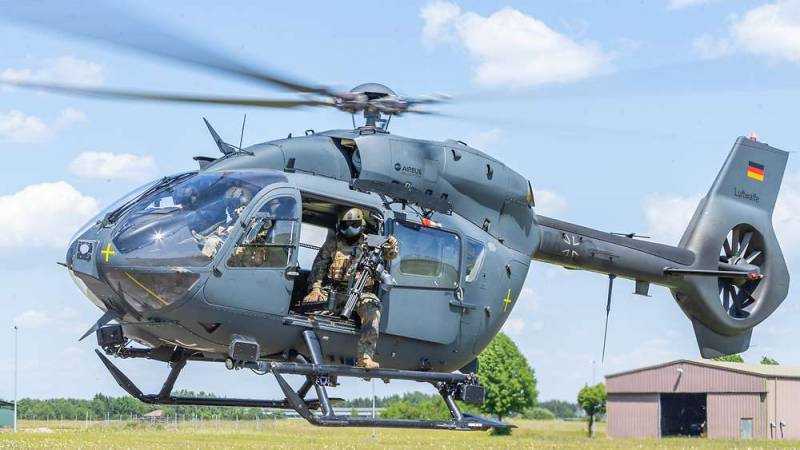
Special forces of the Bundeswehr are involved in the exercises
Actions and their subtext
In general, NATO pays great attention to the issues of joint combat training and training of member countries' armies. A variety of exercises of one scale or another are regularly held in Europe and in other regions. So, right now, Air Defender 23 air force exercises are taking place in Germany and neighboring countries. At the same time, the current exercises differ from all previous ones in their scale and number of participants.
Officials say that the purpose of Air Defender 23 is only to train personnel and work out the tasks of interaction. Any context and connection with the military-political situation in the region is completely denied. However, knowing the position, methods and habits of NATO, it is not difficult to understand what the real purpose of the exercises is. As before, the Alliance is training and learning to fight the Russian armed forces - although they hide it. And it is expected that such training will help in the event of a hypothetical collision.
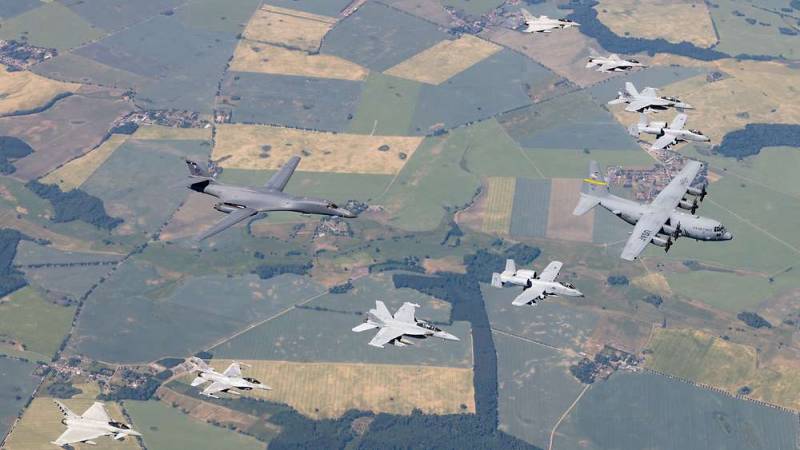
Information